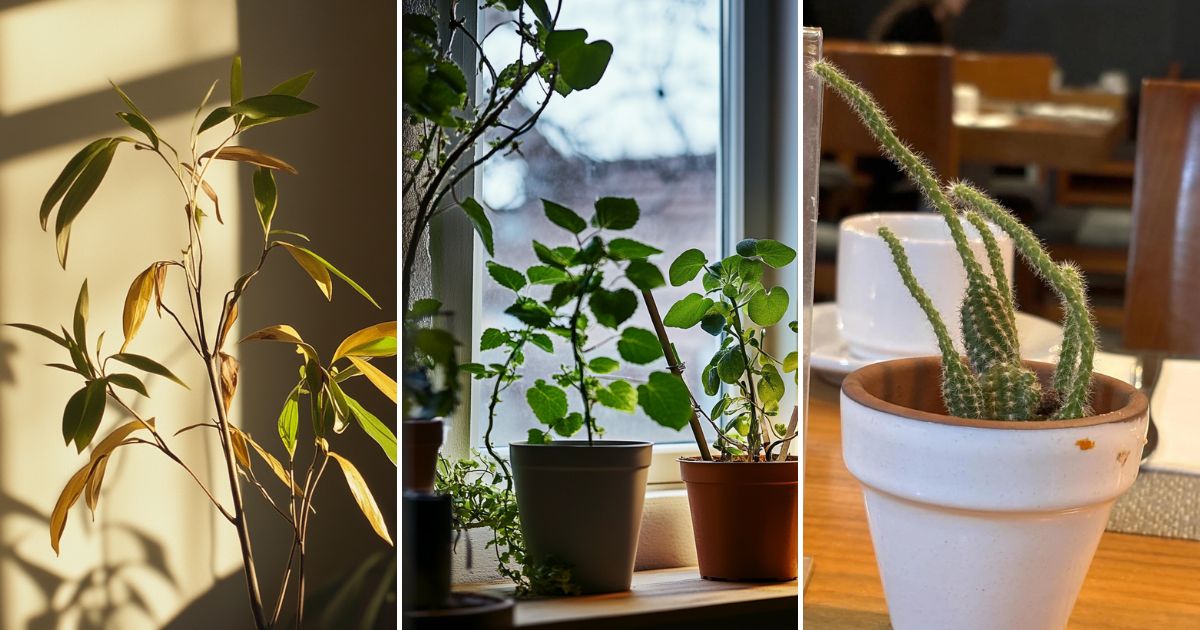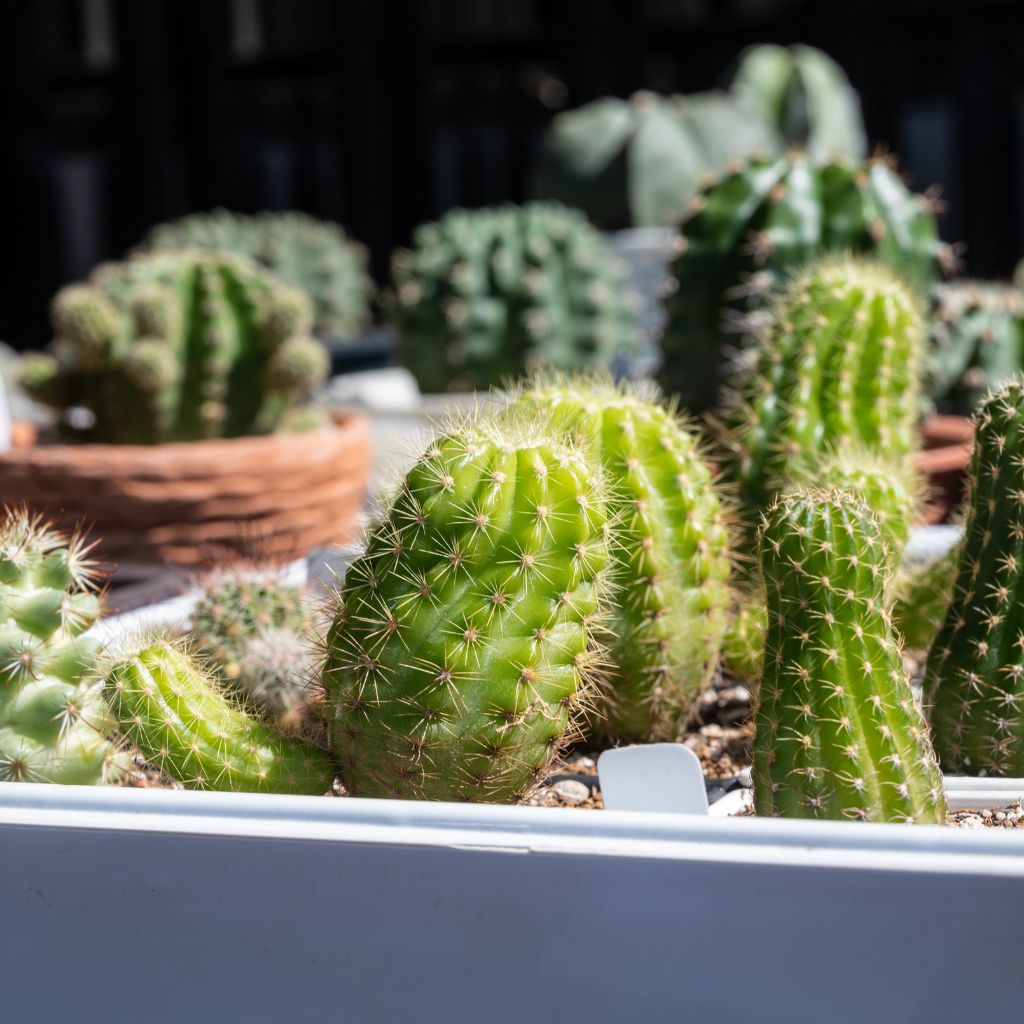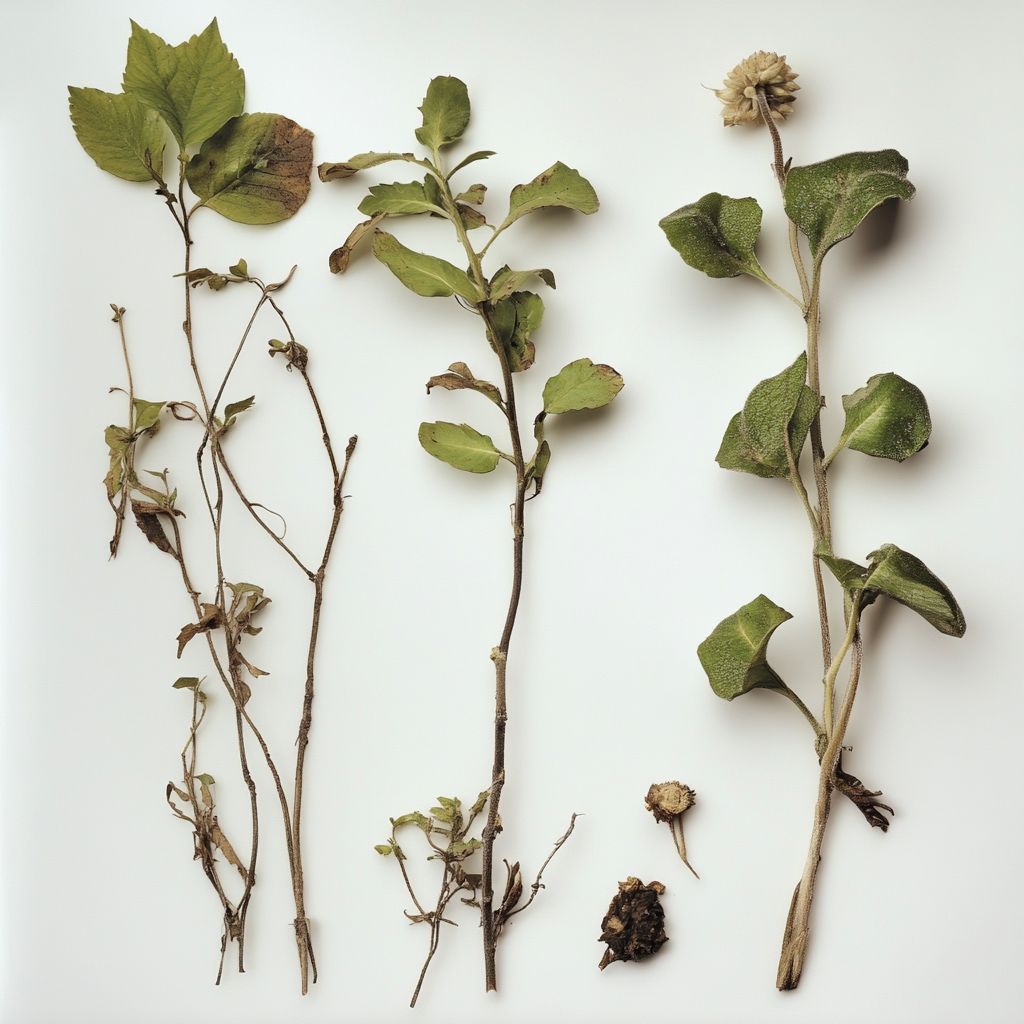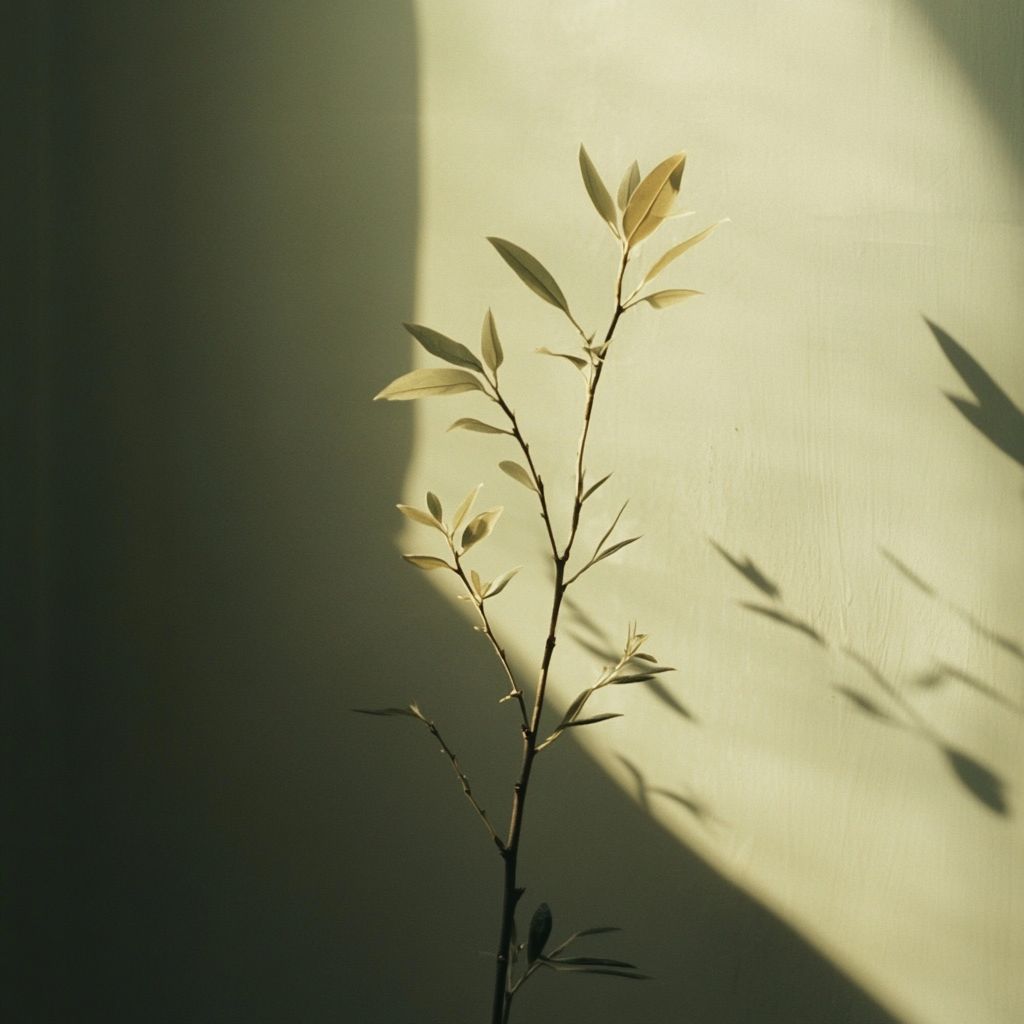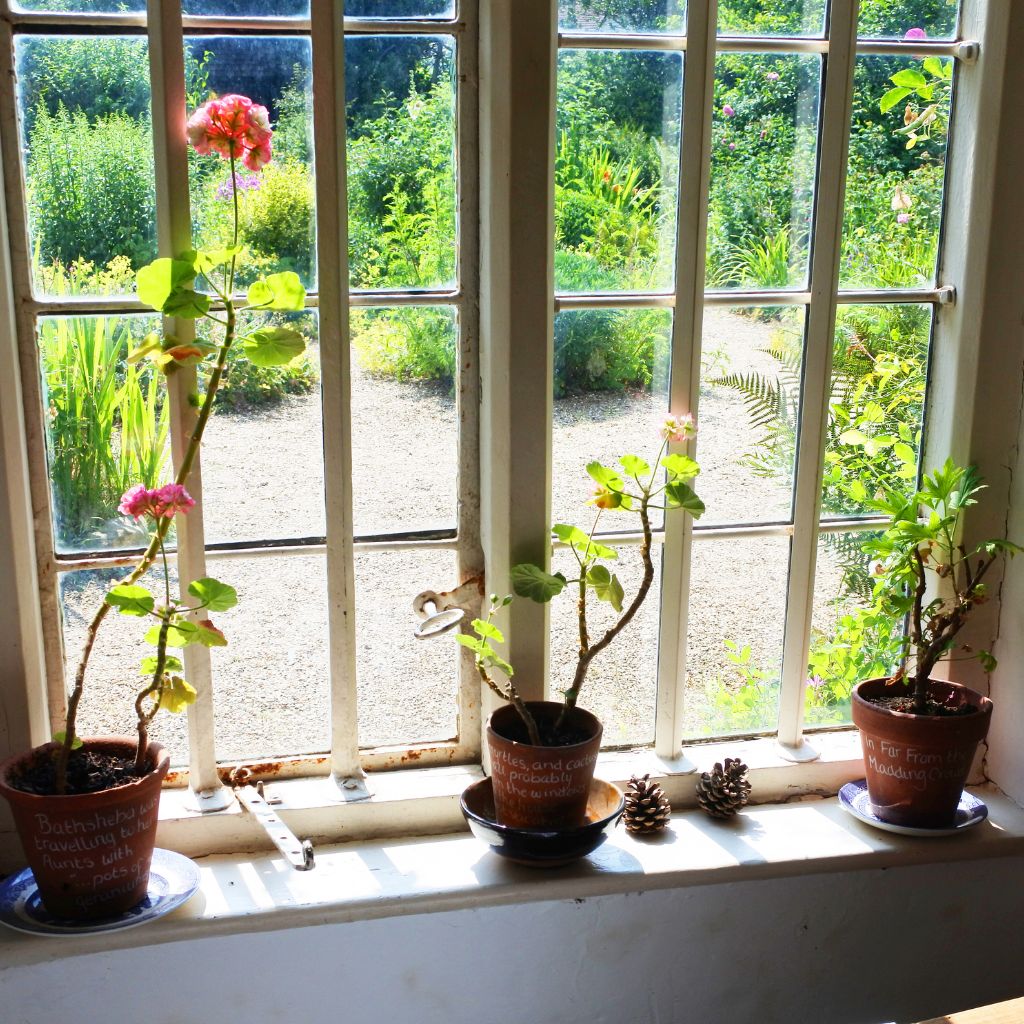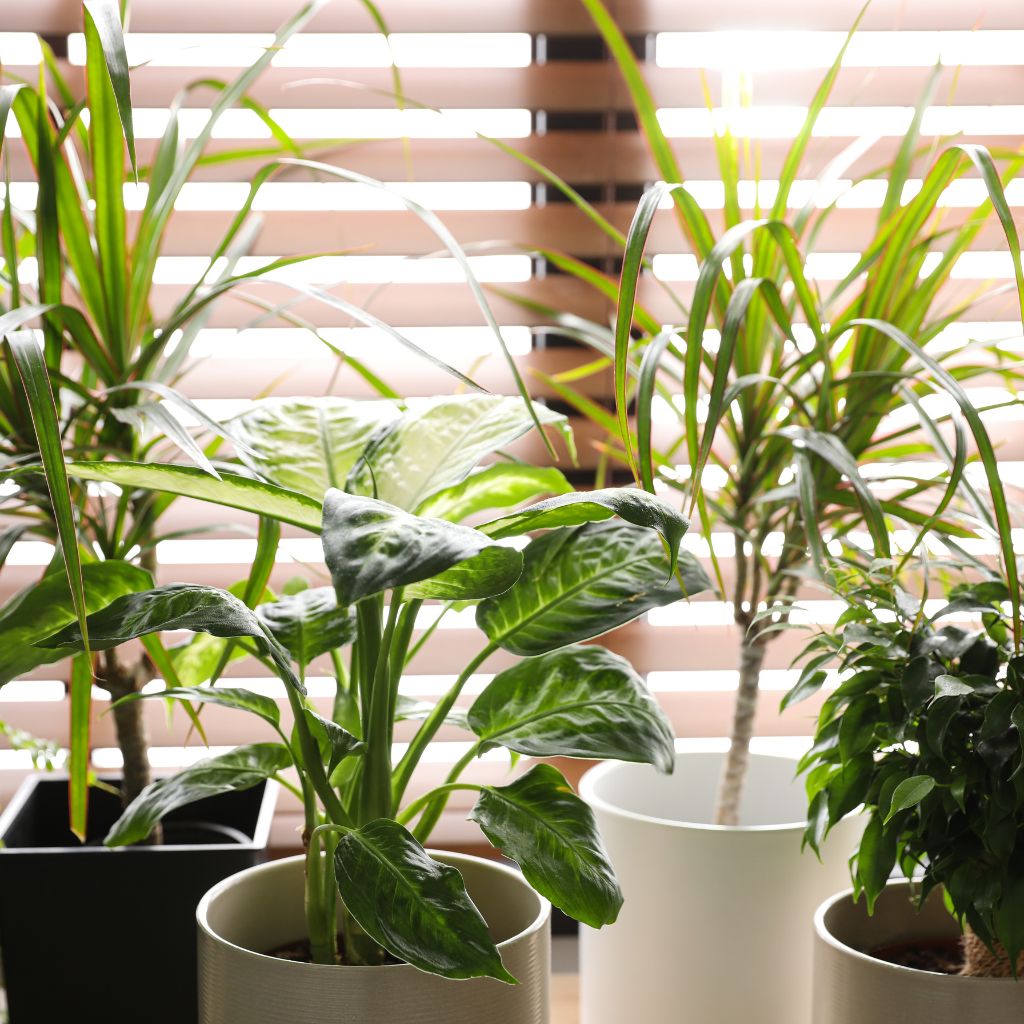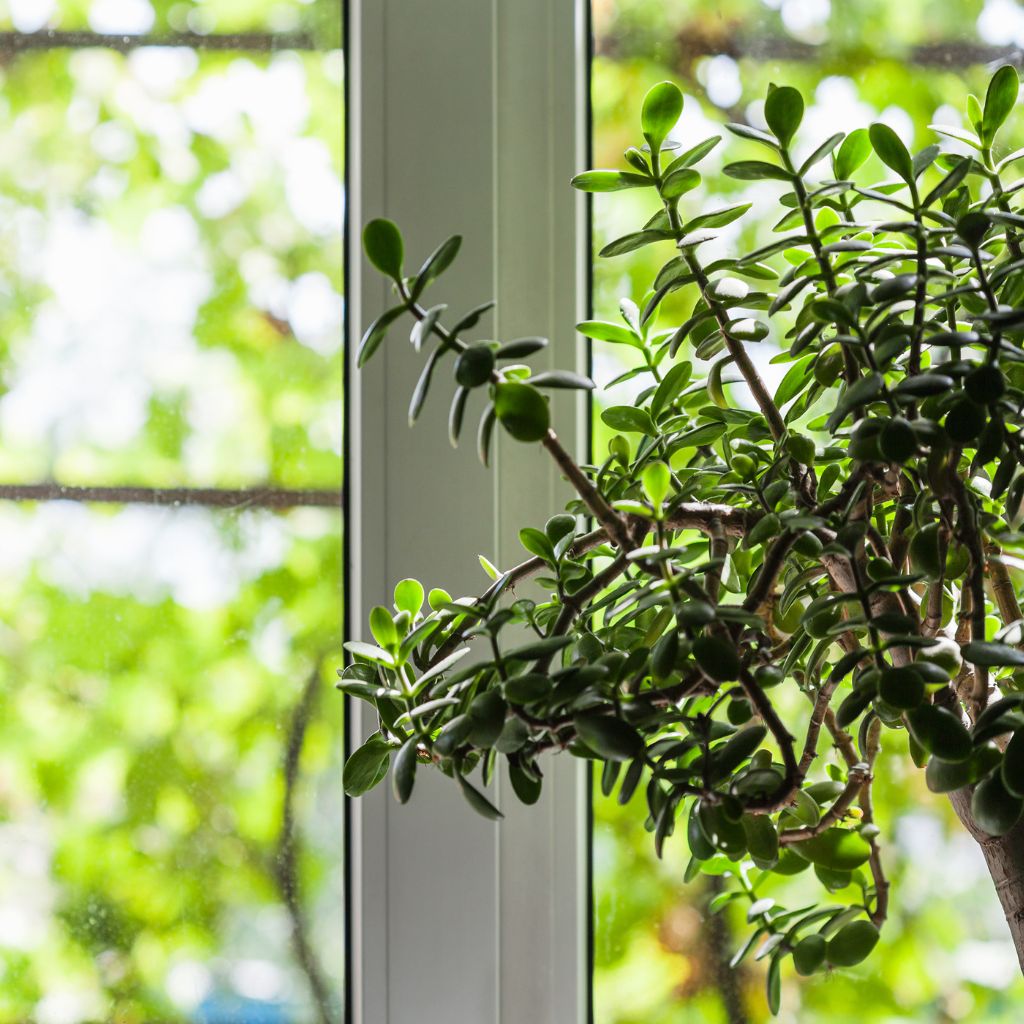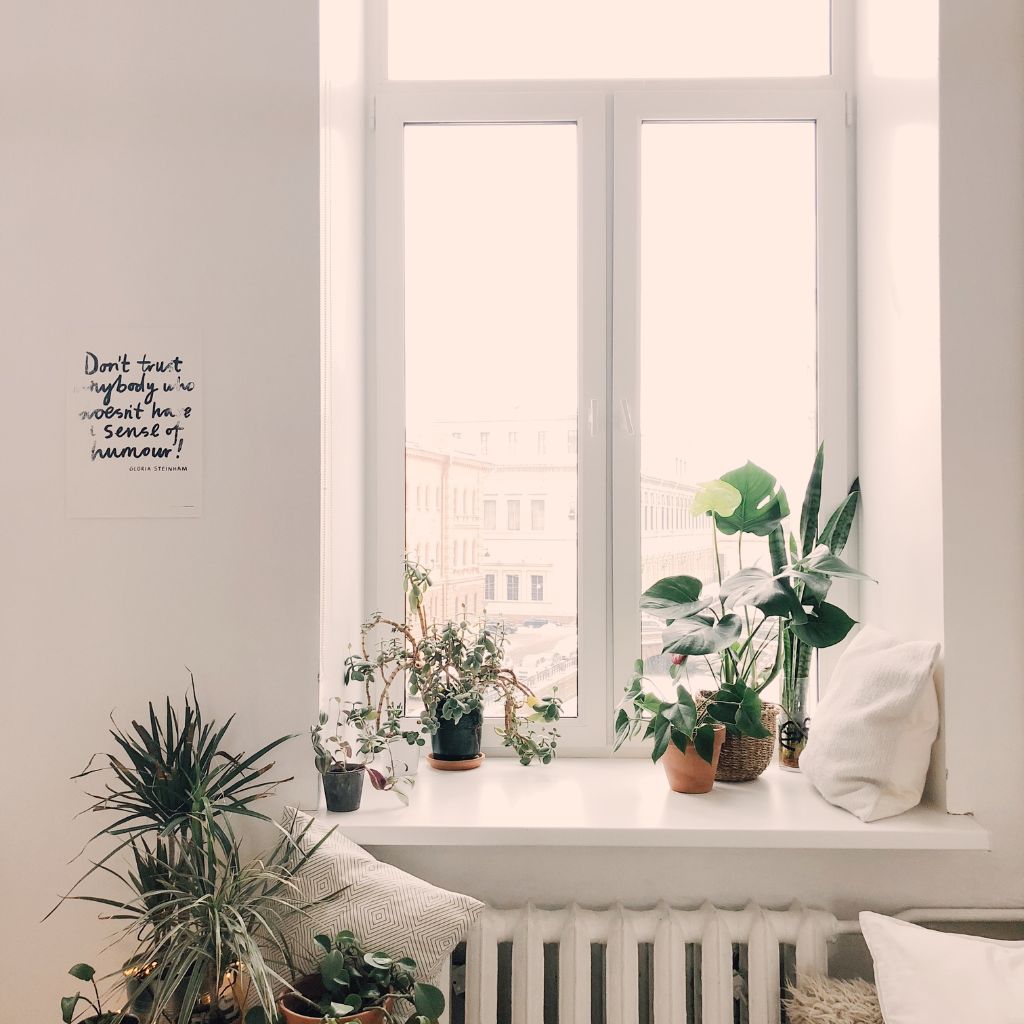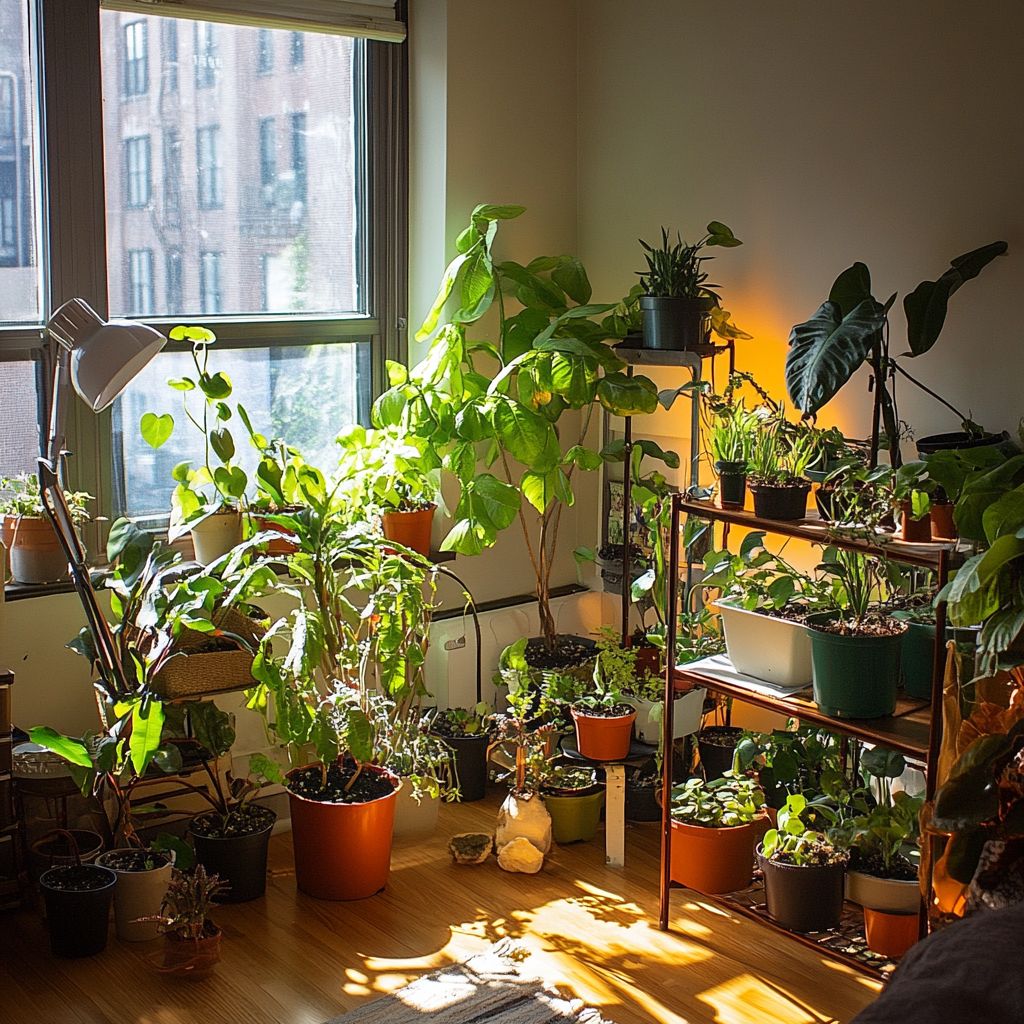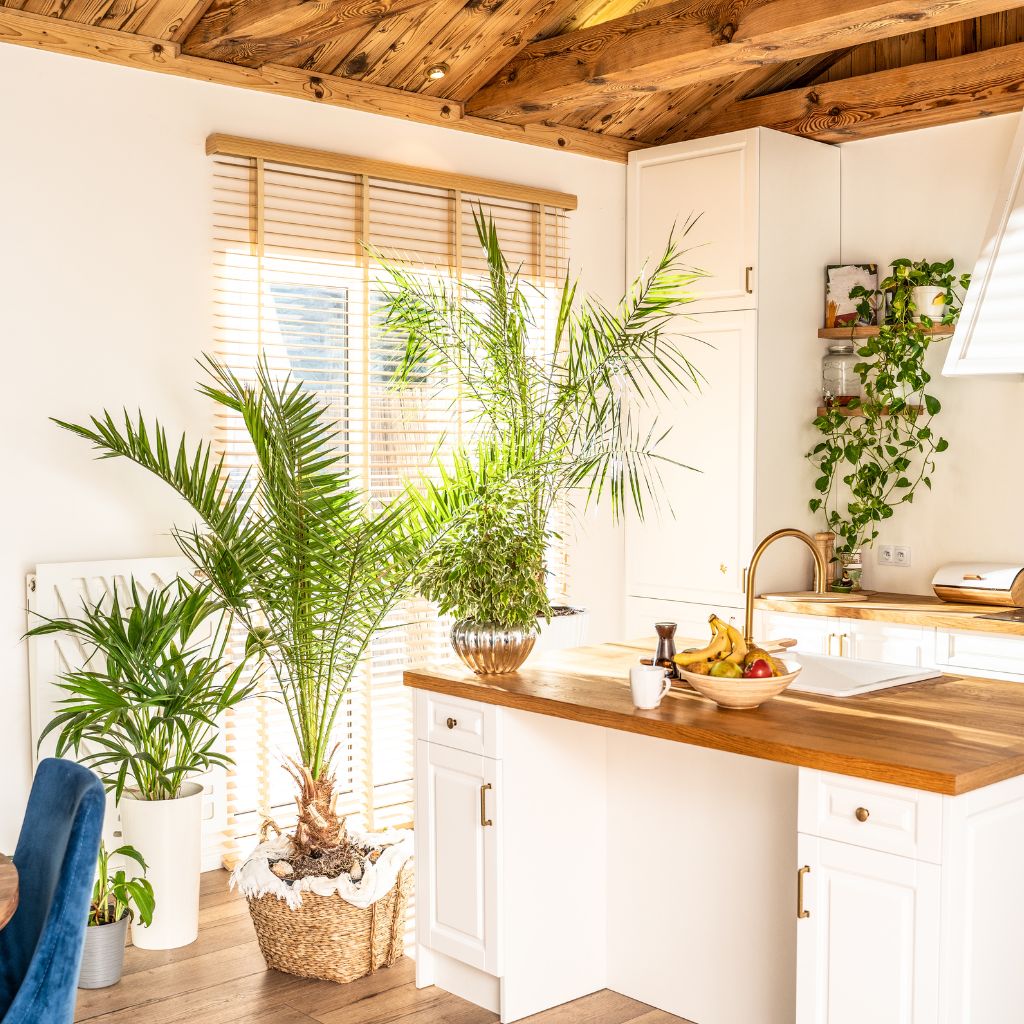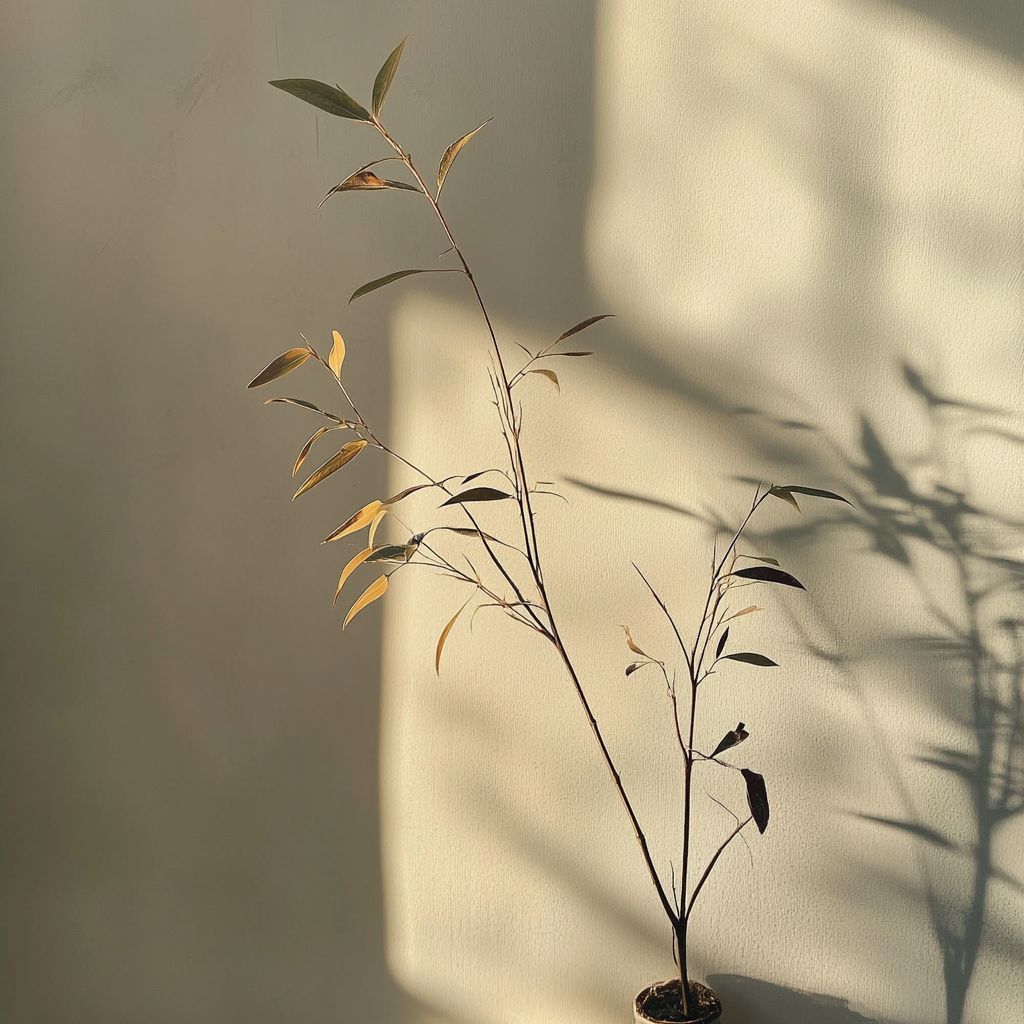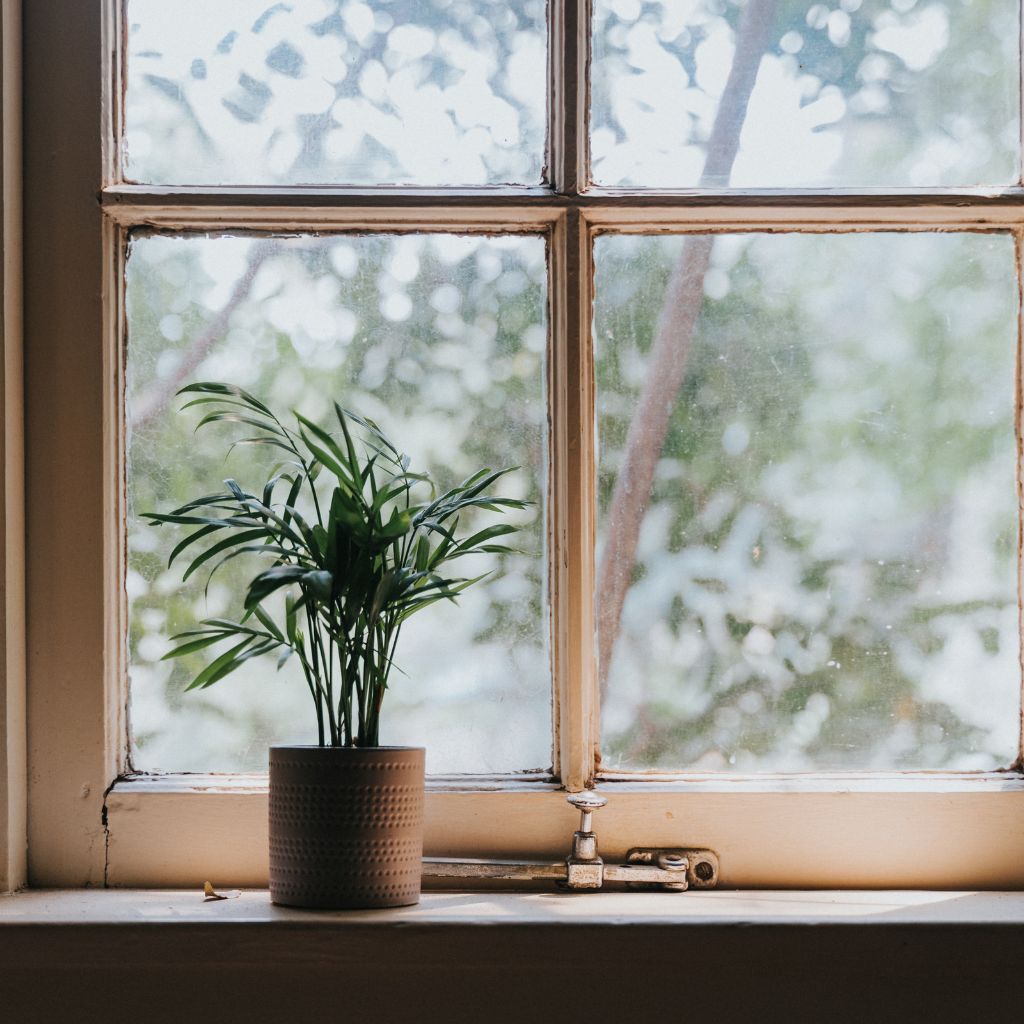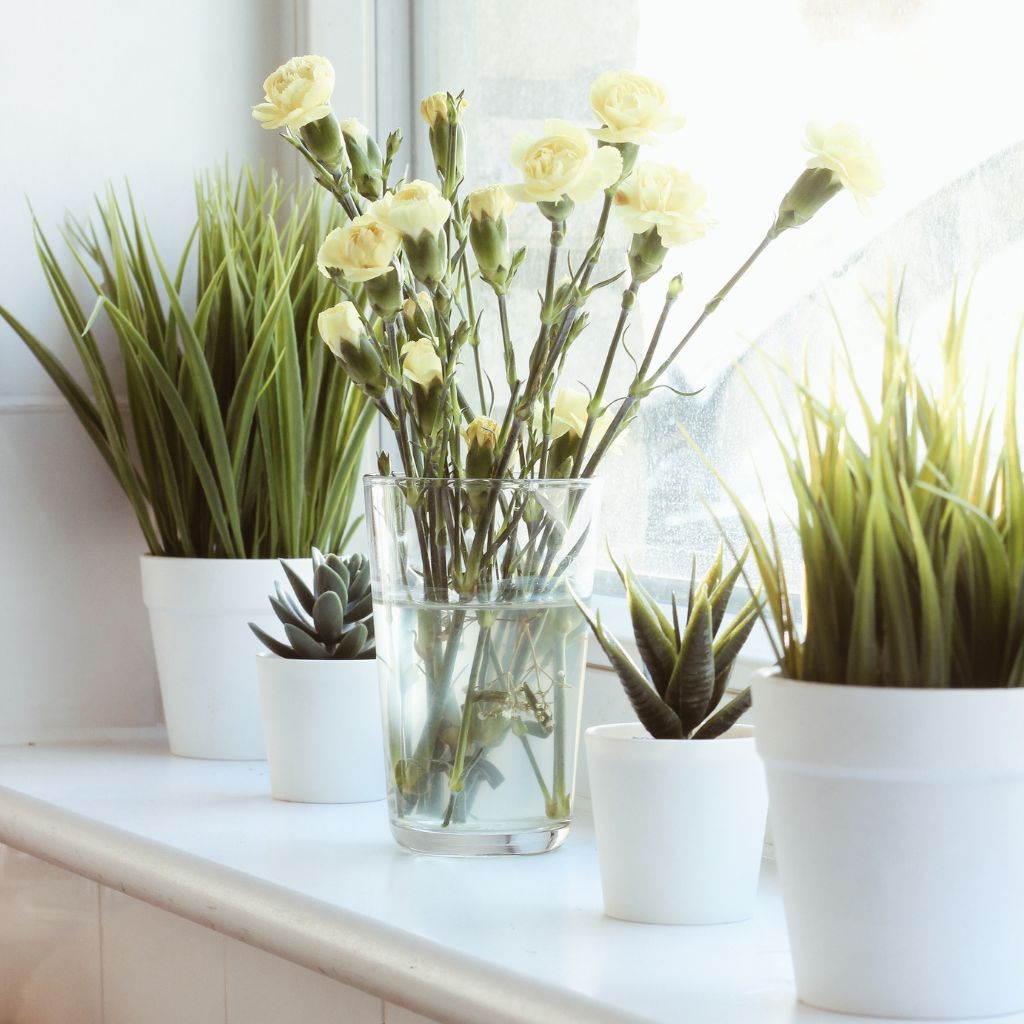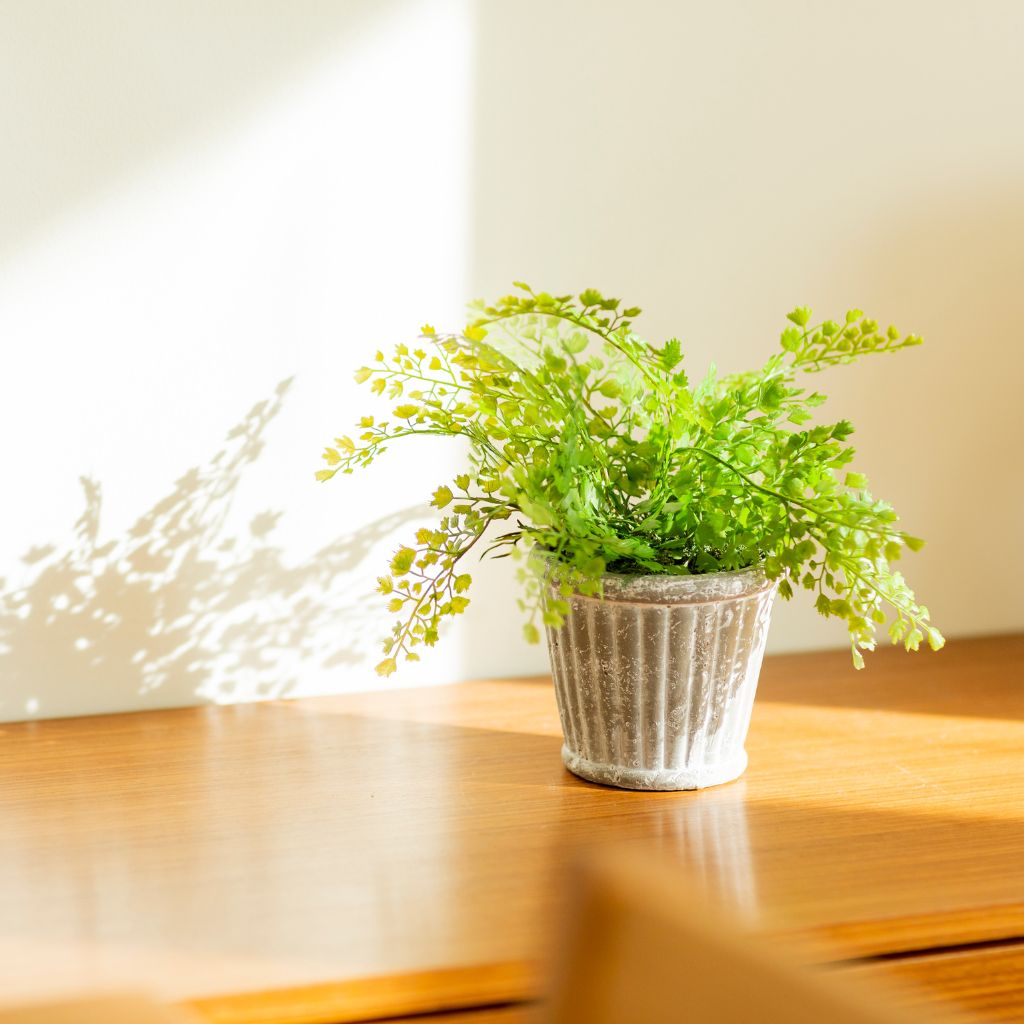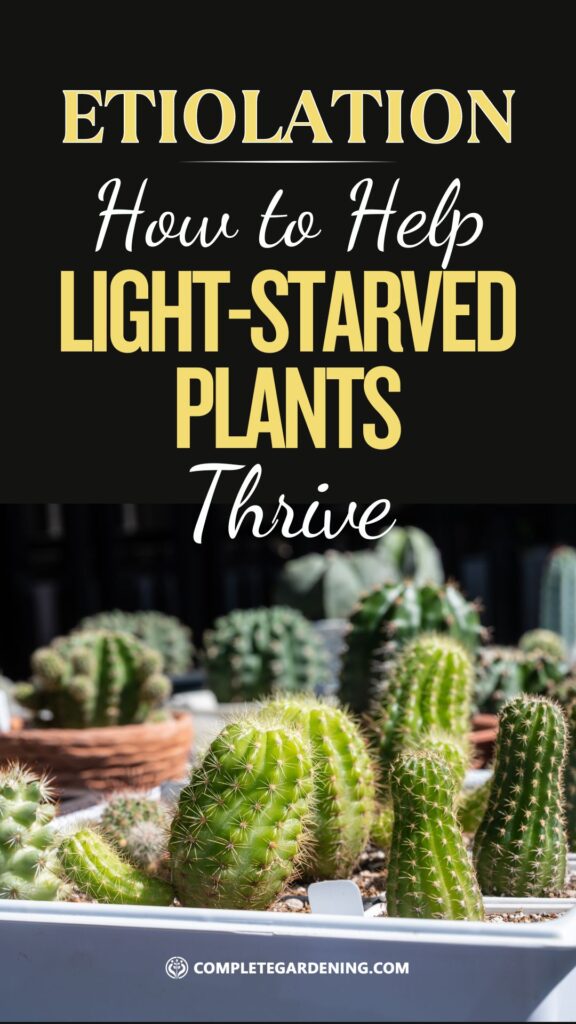If you’ve ever walked through your house or garden and spotted a plant that looks pale, stretched, or weak, you’ve encountered a phenomenon known as etiolation.
It’s the kind of thing that you might not notice right away, but once you see it, it’s hard to unsee. Something about the plant seems wrong, like it’s trying too hard but still falling short. And in a way, that’s exactly what’s happening.
At its core, etiolation is a plant’s desperate attempt to grow under conditions where it’s not getting enough light. Imagine being stuck in a dark room with just a small crack in the wall letting light through.
You’d probably lean toward that crack, reaching for whatever glimmer of hope you could find. That’s etiolation—a plant’s version of reaching for the light.
The Science of Etiolation
Before we dive into how to fix etiolation, let’s first understand what’s happening on a biological level. Plants are built to grow in response to light.
They rely on a process called photomorphogenesis, which is a fancy word for how light affects their development.
When plants are growing in the right amount of light, they produce chlorophyll, the green pigment that allows them to absorb sunlight and convert it into energy through photosynthesis.
This energy fuels everything from their growth to their ability to produce flowers and fruit.
But when light is limited, plants switch into survival mode. They don’t just stop growing because there’s no light. Instead, they start stretching toward any light source they can find.
Their leaves become smaller, and their stems elongate. Instead of being lush and green, the plant turns pale or yellow because it’s not producing enough chlorophyll. This stretched, weakened growth is what we call etiolation.
From the plant’s perspective, etiolation makes sense. The longer the stems get, the closer the plant might be to finding better light.
But from a gardening or houseplant care perspective, it’s a sign that something’s wrong. Plants aren’t meant to grow this way for long.
If left untreated, a plant suffering from etiolation will eventually become so weak that it can’t support itself, and its health will decline.
Common Causes of Etiolation
Now that we know what etiolation is, let’s talk about why it happens. The most common cause, as you might expect, is inadequate light. But not all lighting problems are the same, and etiolation can occur in a variety of scenarios.
Low Light Indoors: Indoor plants often don’t get as much light as they would in their natural environments.
Even if a room seems bright to us, the light intensity can be too low for many plants to thrive. Windows filter light, and indoor lighting is often insufficient for plants that need direct sunlight.
Overcrowding: In gardens or densely planted containers, plants can end up competing for light. Taller plants or structures can cast shadows on smaller plants, forcing them to stretch upward in search of better light.
Seasonal Changes: In the fall and winter months, the amount of natural sunlight decreases, especially in regions farther from the equator.
If your plants are used to a certain level of light during the growing season, they might suffer from etiolation when the days get shorter.
Inconsistent Light Sources: Plants that are placed in a location with inconsistent light—such as a window that gets sun only part of the day—can also become etiolated. The plant will stretch toward the light source when it’s available, leading to uneven growth.
How to Identify Etiolated Plants
Etiolation isn’t hard to spot once you know what you’re looking for. Here are some signs that your plant might be suffering from it:
Pale or Yellow Leaves: The most obvious sign is a lack of that rich, green color. The plant is producing less chlorophyll because it’s not getting enough light.
Leggy Growth: Etiolated plants tend to have long, spindly stems with large gaps between leaves. Instead of growing bushy and full, they look stretched and sparse.
Small or Misshapen Leaves: When a plant is focusing all its energy on elongating its stem, it doesn’t have as much energy to produce large, healthy leaves. The leaves might be smaller than usual or misshapen.
Weak Stems: Because the plant is stretching and not growing in a compact way, the stems are often weak and prone to bending or breaking.
Now, this might all sound pretty grim, but the good news is that etiolation can often be reversed or at least managed. Like most things in life, plants are remarkably resilient, and with the right approach, you can help them recover from an etiolation problem.
How to Fix Etiolated Plants
So, you’ve got a plant that’s looking a little worse for wear, and you suspect etiolation. What do you do? The fix, thankfully, is straightforward: you need to give the plant more light.
But how you go about doing that depends on where your plant is and what kind of light it’s currently getting.
1. Move the Plant to a Brighter Spot
This is the simplest solution. If your plant is indoors, move it closer to a window where it can get more natural light.
South-facing windows are typically the best because they receive the most direct sunlight during the day. If you don’t have a sunny window, consider placing your plant outside during the day to soak up some natural light.
If the plant is already near a window but still showing signs of etiolation, it might not be getting enough light even there. In that case, try moving it to a different room or angle that gets better sun exposure.
2. Supplement with Grow Lights
If natural light isn’t an option, or if you’re dealing with a low-light season like winter, grow lights can be a game-changer. These artificial lights mimic the spectrum of sunlight, providing your plants with the energy they need to grow properly.
When choosing a grow light, look for full-spectrum lights that provide both blue and red wavelengths.
Blue light encourages foliage growth, while red light helps with flowering and fruiting. You don’t need a huge setup—just a small grow light positioned above the plant can make a big difference.
3. Rotate the Plant Regularly
One of the issues with indoor plants is that they tend to grow toward the light source, resulting in lopsided growth.
To prevent this, rotate the plant every few days so that all sides get equal exposure to light. This will help the plant grow more evenly and prevent it from stretching in one direction.
4. Prune and Support Leggy Stems
In some cases, if a plant is already severely etiolated, you might need to give it a bit of a trim. Pruning back leggy growth can encourage the plant to produce new, healthier growth. Be sure to use sharp, clean pruning shears to avoid damaging the plant.
For plants that have weak or elongated stems, you can provide some support with stakes or ties until they regain their strength. This will prevent the plant from collapsing under its own weight while it recovers.
5. Manage Overcrowding
If you’re dealing with etiolation in a garden or a densely planted container, consider thinning out the plants to give them more room to spread out and receive light. Removing taller plants or structures that are blocking light can also help.
6. Be Patient
As with many things in life, fixing etiolation takes time. Plants don’t recover overnight, and it can take several weeks or even months for new, healthy growth to emerge. But with consistent care and the right light conditions, most plants can bounce back.
Preventing Etiolation
Once you’ve fixed an etiolation problem, it’s important to prevent it from happening again. Here are some tips to keep your plants growing strong and healthy:
Choose the Right Plants for the Right Spot: Not all plants have the same light requirements. When selecting plants for your home or garden, make sure you’re choosing ones that match the light conditions of the space.
Low-light plants like ferns or snake plants are better suited for shady corners, while sun-loving plants like succulents and cacti need bright, direct light.
Monitor Light Conditions: Keep an eye on how light changes throughout the day and across the seasons. What might be a sunny spot in the summer could become too dim in the winter. Adjust your plant’s location as needed.
Stay on Top of Maintenance: Regularly rotate indoor plants, prune leggy growth, and check for signs of overcrowding in your garden. Staying proactive can prevent problems before they start.
Etiolation is one of those plant problems that can sneak up on you, but once you understand the cause, it’s relatively easy to fix. The key is light—providing your plants with enough of it will keep them strong, vibrant, and growing in all the right ways.
Whether you’re dealing with an indoor plant or something out in the garden, just remember: plants are resilient. With a little adjustment and some extra care, you can help them recover from etiolation and thrive once more.
After all, we all reach for the light—it’s just a matter of giving plants the right conditions to find it.
